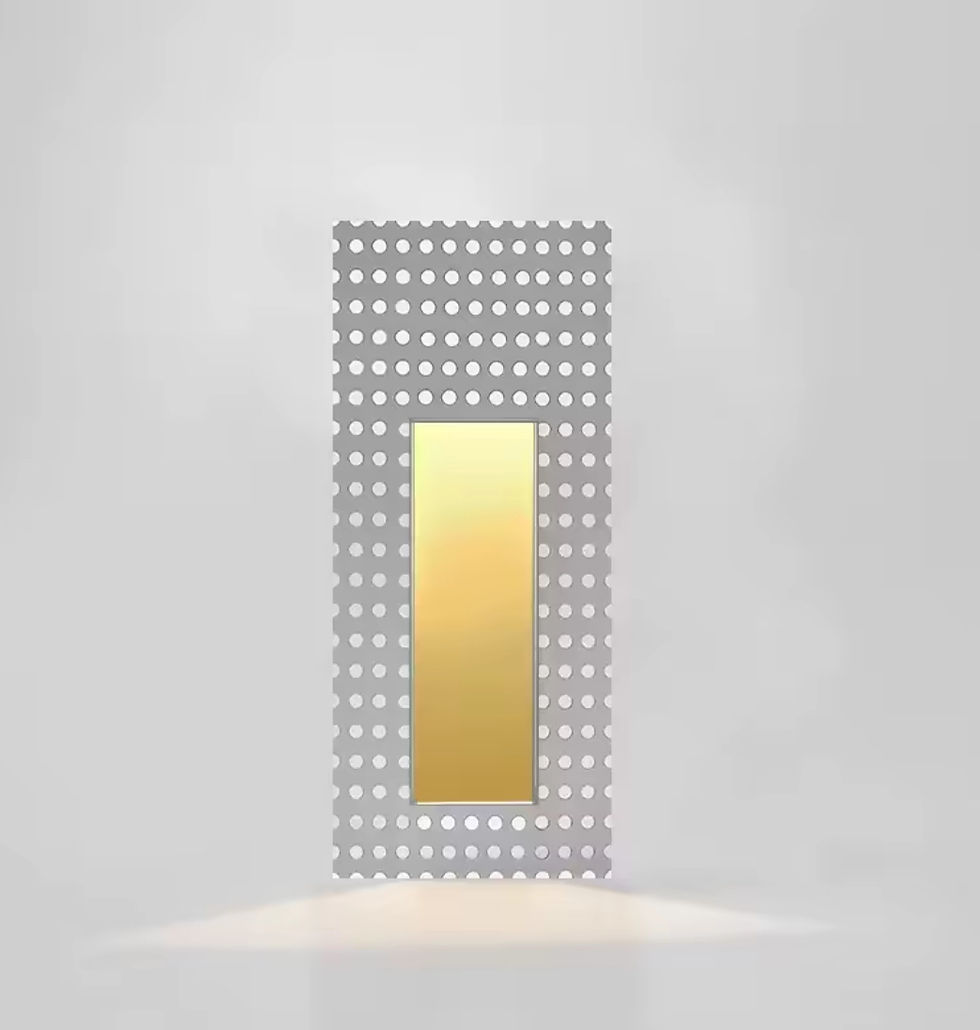
LIVING IN STYLE AND COMFORT





Track L.E.D. Lighting
Why Using L.E.D. Lighting. We all know that LEDs are way better for the environment than their incandescent forefathers. At first, it might not seem like LEDs are going to be a lucrative switch. They are more expensive than incandescent bulbs, but the prices are dropping! LED Lighting is no longer a futuristic technology.


-
Energy Efficient LEDs: LEDs are tremendously more energy efficient than conventional lighting, reducing not only energy consumption but also your carbon footprint.
-
Long Life LEDs: All LEDs have an estimated life of between 20,000-50,000 hours, in comparison to all incandescent bulbs, which have an expected life span of 1,000 – 2,000 hours to a maximum lifetime of 6,000- 15,000 hours for fluorescent bulbs.
-
Save Money LEDs: Although the initial investments for LED Lights are greater than that of incandescent and fluorescent light bulbs; however, the payback for LEDs is so much greater, that it will save you money. LEDs use only a fraction of the energy of other light bulbs, saving you money on electricity bills. LEDs can last 50 times longer than conventional bulbs again saving you money on not only the cost of the bulbs but on the time and money spent on replacing blown bulbs. Use our LED Bulb Savings Calculator to figure out how much you can save money by using LEDs.
-
Low Heat Output: Most of the energy emitted from incandescent bulbs is converted to heat instead of light. That’s why you’ll burn yourself if you try to touch an incandescent bulb once it’s turned on. LEDs are cool to the touch. Emitting very little heat, LEDs can be used to light delicate objects such as paintings and canvases. They also have the benefit of reducing the work of air-conditioners.
-
No Mercury Content: All conventional bulbs contain mercury, whereas LEDs contain no mercury. Meaning Eco-Friendly Lights.
-
No UV Emissions: Unlike other light bulbs, LEDs do not emit Ultra Violet Light, which is particularly useful for museum s and galleries, where existing halogen bulbs can cause UV degrading of displayed materials. This makes LED a preferred light source for illuminating artwork, documents, and sensitive materials that can be damaged by UV radiation.


-
Dimmable: An increasing number of LEDs being introduced are fully dimmable, which mean they are able to adjust their light levels. This advantage also helps for additional energy savings.
-
Control Capabilities: Most LED fixtures can be connected to a controller to selectively dim individual LEDs and provide dynamic control of light distribution, light output and colour. LED lighting with a suitable control system offers unlimited architectural lighting design possibilities.
-
Instant Light: LEDs have no warm-up time, unlike other conventional bulbs. Therefore, LEDs reach full brightness immediately. Silent Operation: LEDs produce no object able hum or buzzing noise.
-
Easily Focused: The light emitted from an LED is easily directed, unlike that of conventional bulbs, so you can direct it exactly where you want it when you want it there.
-
Colour Rendering: LEDs are available in a range of colours, including white light. White light LED fixtures are available with a choice of warm to cool Kelvin temperatures to suit the application. Multiple colours LED fixtures are available to provide dramatic colour-changing effects. Variable intensity LED systems can provide many colours, controlled by PC, DMX controller or proprietary controller to generate fixed colour, washing, fading, strobe and other colour changing effects.
-
LED Applications: LED is now widely used in a variety of lighting applications such as commercial offices, manufacturing industry, hospitals, airports, hotels, bars, restaurants, clubs, lounges, parking lots, street lights, automotive industry, residential homes, retail stores, churches, schools and universities, and many other areas. Many of these places typically leave their lights switched on for long periods of time, sometimes for even 24 hours per day, so LEDs can offer significant savings in terms of electricity consumption, bill saving, as well as replacement costs.

Track L.E.D. Lighting





PAR 30 - 3000K 5000K
Color Temperature.
Warm or Cool.
Color appearance, also known as Colore Temperature (CCT), is a measure of how warm or cool a light source appears to the human eye. It is measured in degrees Kelvin.
The majority of light sources have a Kelvin temperature within the range of 2700K to 6500K. As a point of reference, daylight at noon has a Kelvin temperature of 5000K.
Incandescent light sources typically range from 2700-3500K. Compact Fluorescents and LEDs can range from 2700-6500K.
The higher the Kelvin temperature, the cooler the light source appears and the lower the Kelvin temperature, the warmer the light source appears.









